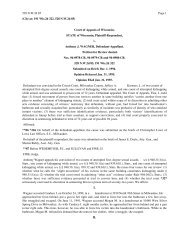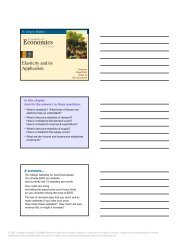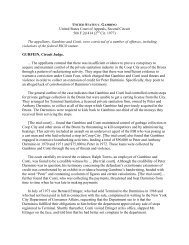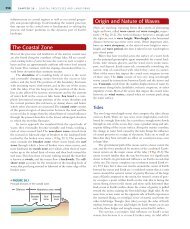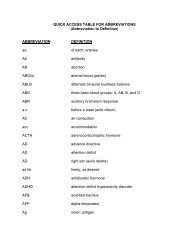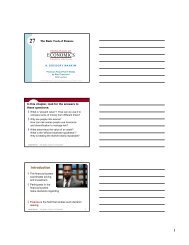Simulink Tutorial on Digital Modulation Methods - Cengage Learning
Simulink Tutorial on Digital Modulation Methods - Cengage Learning
Simulink Tutorial on Digital Modulation Methods - Cengage Learning
Create successful ePaper yourself
Turn your PDF publications into a flip-book with our unique Google optimized e-Paper software.
13.6. QUADRATURE PHASE-SHIFT KEYING (QPSK) 607<br />
13.6 Quadrature Phase-Shift Keying (QPSK)<br />
13.6.1 Quadrature Phase-Shift Keying with Square-Root<br />
Raised-Cosine Pulses<br />
Examine QPSK with square-root raised-cosine pulses:<br />
QPSK > Root-RC<br />
The <str<strong>on</strong>g>Simulink</str<strong>on</strong>g> model is depicted in Figure 13.57. The transmitter and receiver models<br />
depicted in Figure 13.58 and Figure 13.59 are opened by a double-click <strong>on</strong> the blue<br />
box Transmitter or Receiver, respectively.<br />
Figure 13.57: <str<strong>on</strong>g>Simulink</str<strong>on</strong>g> model for QPSK with square-root RC pulses<br />
Figure 13.58: <str<strong>on</strong>g>Simulink</str<strong>on</strong>g> model for QPSK transmitter with square-root RC pulses<br />
Open the transmitter and start the simulati<strong>on</strong>. Note that now separate eye patterns<br />
are displayed for both quadrature comp<strong>on</strong>ents that are identical to the respective BPSK<br />
eye patterns in Figures 13.53 and 13.54. The time domain signals in both quadrature<br />
comp<strong>on</strong>ents look like the respective BPSK signals. The QPSK signals are shown in<br />
© 2013 <strong>Cengage</strong> <strong>Learning</strong>. All Rights Reserved. May not be scanned, copied or duplicated, or posted to a publicly accessible website, in whole or in part.



